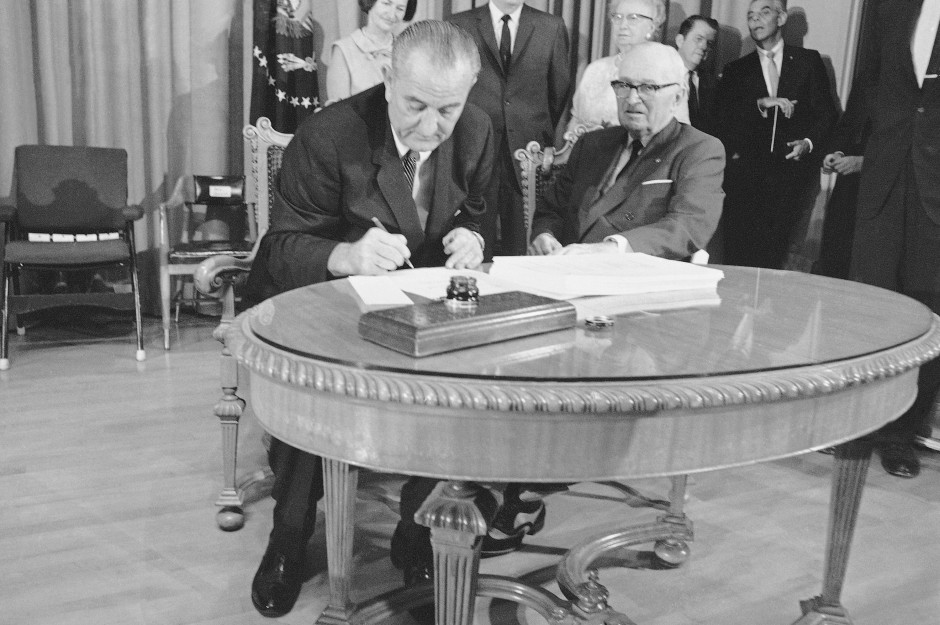It wasn’t supposed to work out this way. When Medicaid was included as a small program in the larger Medicare scheme passed in 1965, it was aimed at helping only the nation’s poorest residents. Since then it has slowly swelled to encompass more and more Americans in need of healthcare assistance.
While government-run healthcare has always had its share of critics, the recent political struggle to halt the spread of Medicaid shows that most Americans have no interest in letting this program go. And if successful, any ongoing attempts to dismantle Medicaid could have a profound impact on the healthcare world. Here’s a look at Medicaid’s massive reach, by the numbers.
About 74 million people have their medical needs covered by Medicaid, which amounts to a total of one in five Americans. –U.S. Census Bureau
The U.S. spent more than $532 billion on Medicaid in 2015. About 63 percent was federal dollars while the rest was paid by states. –The New York Times
Medicaid covers the costs of about half of all the births in America. –The New York Times
About 44 percent of American children rely on Medicaid or other public insurance programs for healthcare. –Stanford Medicine

In this July 30, 1965 file photo, President Lyndon B. Johnson uses the last of many pens to complete the signing of the Medicare Bill into law at ceremonies at the Truman Library in Independence, Missouri, July 30, 1965, with former President Harry S. Truman at his side. At rear are Lady Bird Johnson, Vice President Hubert Humphrey, and former first lady Bess Truman. (AP Photo)
Since the Kaiser Family Foundation began polling Americans about Medicaid in 2005, the percentage of people who want to cut the program has never gone over 13 percent.
Because people with disabilities account for 42 percent of Medicaid spending, they are impacted the most by any cuts to the program. –The New York Times
While the expansion of Medicaid means that more patients are able to seek healthcare, it can cost hospitals because the program reimburses far less than private coverage. One hospital in Massachusetts alone lost $90 million in 2016 caring for Medicaid patients. –Bloomberg
Patients on Medicaid often have worse surgical outcomes than those using private insurance. One 2014 study found that Medicaid patients were more than twice as likely to die within a month of surgery and they had two-thirds more surgical complications. The researchers pointed out that Medicaid patients were twice as likely to smoke and had higher rates of illnesses, like diabetes and lung disease, that make surgery risky. –JAMA Surgery
One study found that Medicaid typically pays less for surgical procedures than Medicare, which can sometimes cause doctors to refuse Medicaid patients. For example, researchers found that in New Jersey, a surgery to remove all or part of the small intestine was reimbursed $1,011 less for a patient on Medicaid than a patient using Medicare. –Reuters
Filed Under: Industry regulations




